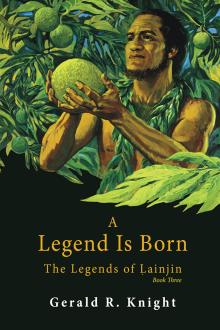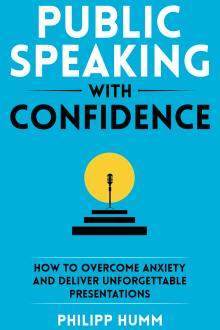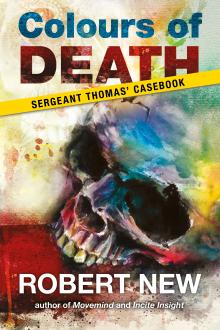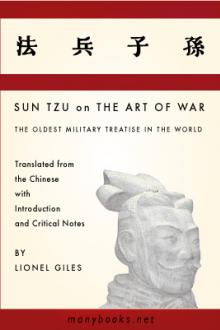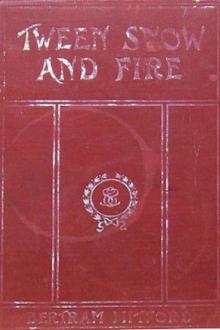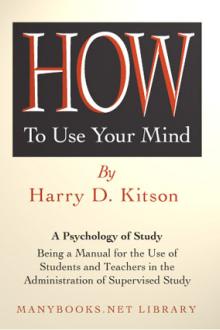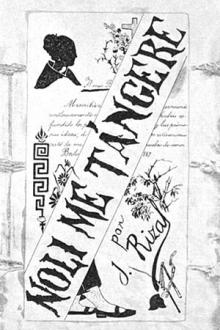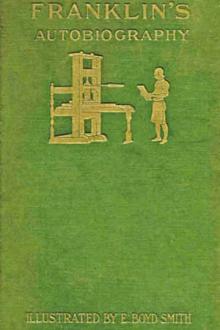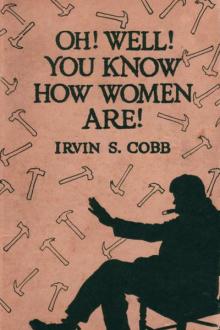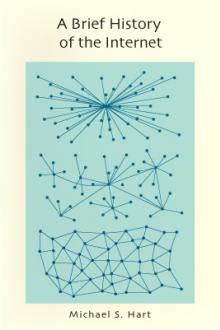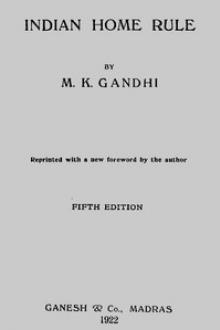Third Class in Indian Railways
Third Class in Indian Railways
Book Excerpt
bodies of India, to whom she owes a deep debt of gratitude for what they have done and are doing, do still better and serve the spirit of Christianity better by dropping the goal of proselytising while continuing their philanthropic work? I hope you will not consider this to be an impertinence on my part. I make the suggestion in all sincerity and with due humility. Moreover I have some claim upon your attention. I have endeavoured to study the Bible. I consider it as part of my scriptures. The spirit of the Sermon on the Mount competes almost on equal terms with the Bhagavad Gita for the domination of my heart. I yield to no Christian in the strength of devotion with which I sing "Lead kindly light" and several other inspired hymns of a similar nature. I have come under the influence of noted Christian missionaries belonging to different denominations. And enjoy to this day the privilege of friendship with some of them. You will perhaps, therefore, allow that I have offered the above suggestion not as a bias
FREE EBOOKS AND DEALS
(view all)Popular books in Essays, History
Readers reviews
4.0
LoginSign up
I have long been an admirer of Gandhi. I’ve read his biography and seen the biographical film several times; but this is the first chance I’ve had to read something he actually wrote himself. This item contains several articles, the first of which is a description of the incredibly foul conditions of that mode of travel and a call for improvement. (If you’ve seen the movie “Gandhi” the scenes of 3rd class rail travel don’t begin to show how uncomfortable and even unhealthy such travel was.) There are several references to the “closet” which apparently means toilet. You don’t want to go there. He mentions that on trips of several days by rail, some people fast so they don’t have to use the ‘closet.’
Next is a discussion of “Swadeshi” which seems to mean adhering to local culture in all ways: food, dress, religion, etc. Points out that adaptation of European customs, dress, etc. is harmful to Indians.
Next is a discussion of “Ahimsa,” which seems to be the foundation for peaceful non-cooperation, even to the point of suffering personal harm. In its negative form, it is simply not harming others, but in its positive form, it calls for the “largest love” and the “greatest charity” including loving one’s enemy. Ahimsa therefore calls for the greatest courage.
Next is a discussion of “The Moral Basis of Cooperation” which seems to relate to loans and danger of borrowing money to buy things which you don’t really need.
Finally, a discussion of national dress and why he wears traditional Indian clothing instead of European dress, an affectation commonly employed by those Indians of higher station.
In summary, this was not as inspiring as some scenes in the movie; actually rather mundane topics for the most part, but shows that raising a nation to greatness requires attention to the small things as well as the great.
Next is a discussion of “Swadeshi” which seems to mean adhering to local culture in all ways: food, dress, religion, etc. Points out that adaptation of European customs, dress, etc. is harmful to Indians.
Next is a discussion of “Ahimsa,” which seems to be the foundation for peaceful non-cooperation, even to the point of suffering personal harm. In its negative form, it is simply not harming others, but in its positive form, it calls for the “largest love” and the “greatest charity” including loving one’s enemy. Ahimsa therefore calls for the greatest courage.
Next is a discussion of “The Moral Basis of Cooperation” which seems to relate to loans and danger of borrowing money to buy things which you don’t really need.
Finally, a discussion of national dress and why he wears traditional Indian clothing instead of European dress, an affectation commonly employed by those Indians of higher station.
In summary, this was not as inspiring as some scenes in the movie; actually rather mundane topics for the most part, but shows that raising a nation to greatness requires attention to the small things as well as the great.
- Upvote (0)
- Downvote (0)
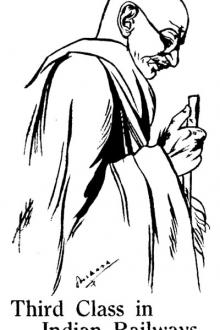
 Free Download
Free Download